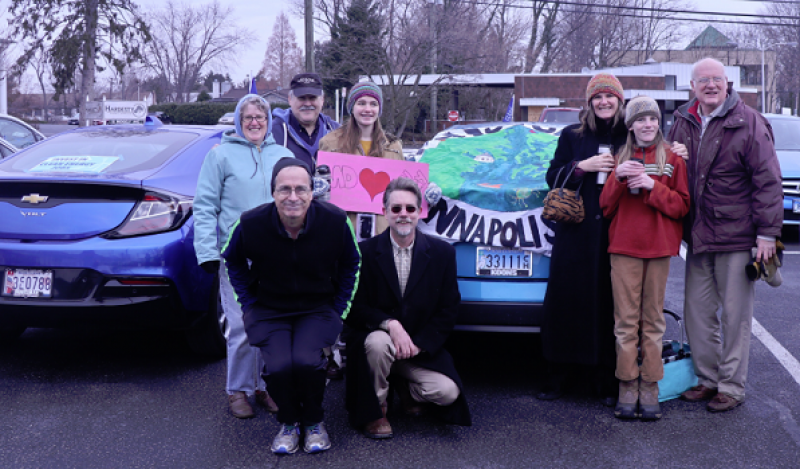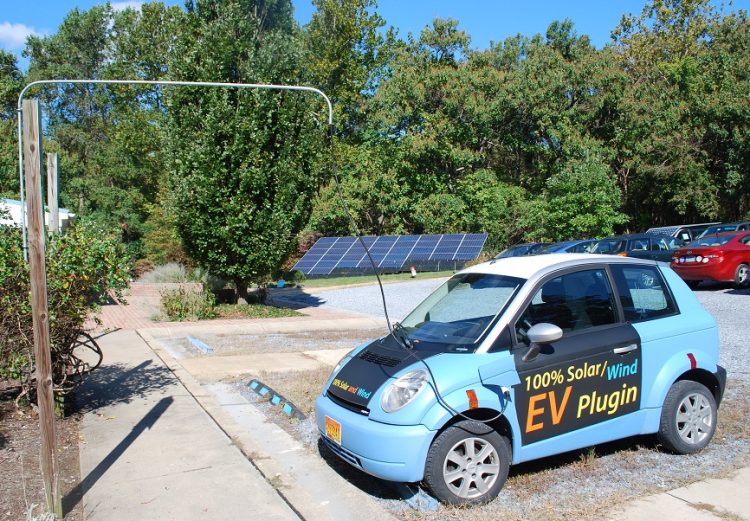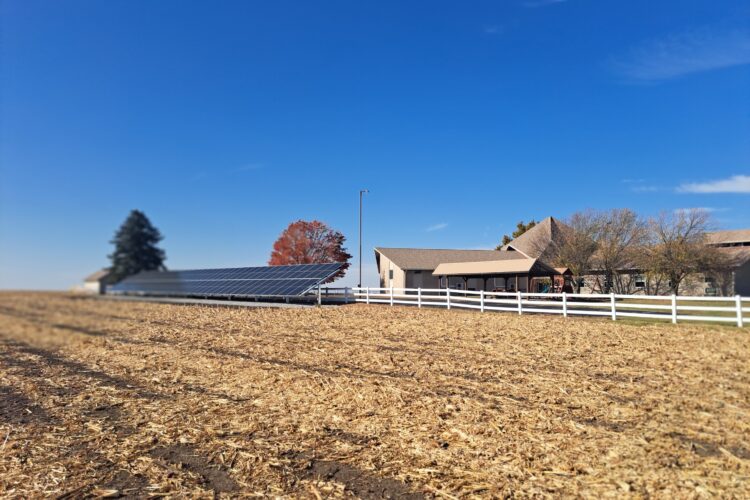Peak Oil Has Come and Gone!

By Bob Bruninga
For decades, peak oil has been a term used to describe the anticipated dwindling supply of oil with anticipated skyrocketing prices due to scarcity and competition for resources. It turns out that the opposite has occurred as the demand for this obsolete, inefficient commodity has waned as solar, wind, and new electric vehicles (EVs) are now better, faster, cleaner, quieter, safer, and are cheaper to buy (with incentives), cheaper to operate (about half as much), and cheaper to maintain (about 10% less) compared to gasoline and dirty diesel.
With the demise of coal by 30% over the last several years and continued North American purchase of large wasteful gas-powered vehicles, burning gasoline is now the number one source of carbon emissions in the US. In Canada, cars and trucks account for 20% of greenhouse gas emissions. Peak gasoline car sales occurred in the fall of 2018 and have declined ever since. Production of EVs is now growing at 10 to 30% per year with no sign of ever turning back.

The switch to electric is happening—and electric vehicles are not to be feared. More than half of the 62 electric cars now on the market in the US are plugin-hybrids that give you plenty of daily electric mileage plus a gas engine to completely eliminate any range anxiety. Several electric pickup trucks hit the market this year and the #1 selling SUV (Toyota RAV4) is now being offered as a plug-in hybrid. The majority of their local mileage will be electric after an overnight charge, but any additional mileage needed is seamlessly met with the backup engine.
But, the $12,000,000,000-per-day fossil fuel and gas car industry is not going to just roll over and die. They are going to do what any industry will do: change to chase maximum profits with little regard for protecting the environment or our best interests. Already we are seeing advertising campaigns on how much Chevron, BP, and Shell are doing to move to a “clean energy economy” through their investments in “clean oil,” carbon capture, bio-fuels, and liquefied natural gas. Do not be fooled! All of their efforts are directed towards maintaining their monopoly and dominance on a centralized transportation fuel system still based on burning carbon inefficiently delivered to your neighborhood fuel station.
There is another way. Just 12 solar panels over any parking space can provide all the energy an electric vehicle needs every day, forever. The national average mileage in the US is under 40 miles a day. And there are at least five parking spaces for every car in the United States. All this energy could be collected and used more or less right where it is produced. No need to then transport the energy through big-oil distribution systems at great cost and inefficiency—the grid already exists. And if you have a sunny roof, you can even own your own transportation energy system for life.
Friends should have a prepared mind and be ready to consider an electric vehicle on their next vehicle purchase. Friends should also do their research and buy from an experienced dealer. Also, be skeptical of anti-EV articles written by the fossil fuel industry that is doing everything it can to hold back the inevitable migration to EVs over the next few years.
It is a bright, electric future. Be prepared for it!
Bob Bruninga is from Annapolis Friends Meeting (AFM) and wrote the QUIF publication “Energy Choices, opportunities to make wise decisions for a sustainable future”.

